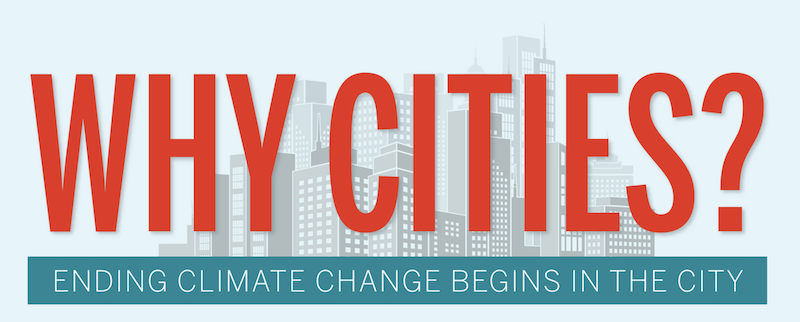Sustainable cities of the future
February 2, 2021
With the dramatic changes swept in by COVID-19, rigid school and office hours have given way to a more flexible system of working, hence putting less pressure on transport systems and energy grids. This was heard at a net-zero cities panel organised by the World Economic Forum.

Image from C40 Cities
“If you can actually reschedule cities thanks to the newfound flexibility following the pandemic, there could be … a big impact. One of the tragedies of cities in the 20th century was really having everything synchronised, so you had peak hour, rush hour, and then there was a lot of congestion,” said Carlo Ratti, director of the SENSEable City Laboratory at the Massachusetts Institute of Technology.

Image from C40 Cities
Cities and urban areas house more than half the world’s population and account for about 75 per cent of all emissions, making them a major focus in efforts to reduce global warming.
Seventy per cent of cities are already dealing with the effects of climate change, and nearly all are at risk. Over 90 per cent of all urban areas are coastal, putting most cities on Earth at risk of flooding from rising sea levels and powerful storms.
C40 Cities are working to reduce greenhouse gas emissions significantly and provide proven models that other cities and national governments can adopt.
The above is an excerpt. Read the full article here.
To read the complete article, get your hardcopy at our online shop/newsstands/major bookstores; subscribe to FuturArc or download the FuturArc App to read the issues.
Previously Published Commentary, Online Exclusive Feature
Contact us at https://www.futurarc.com/contact-us for older commentaries.

